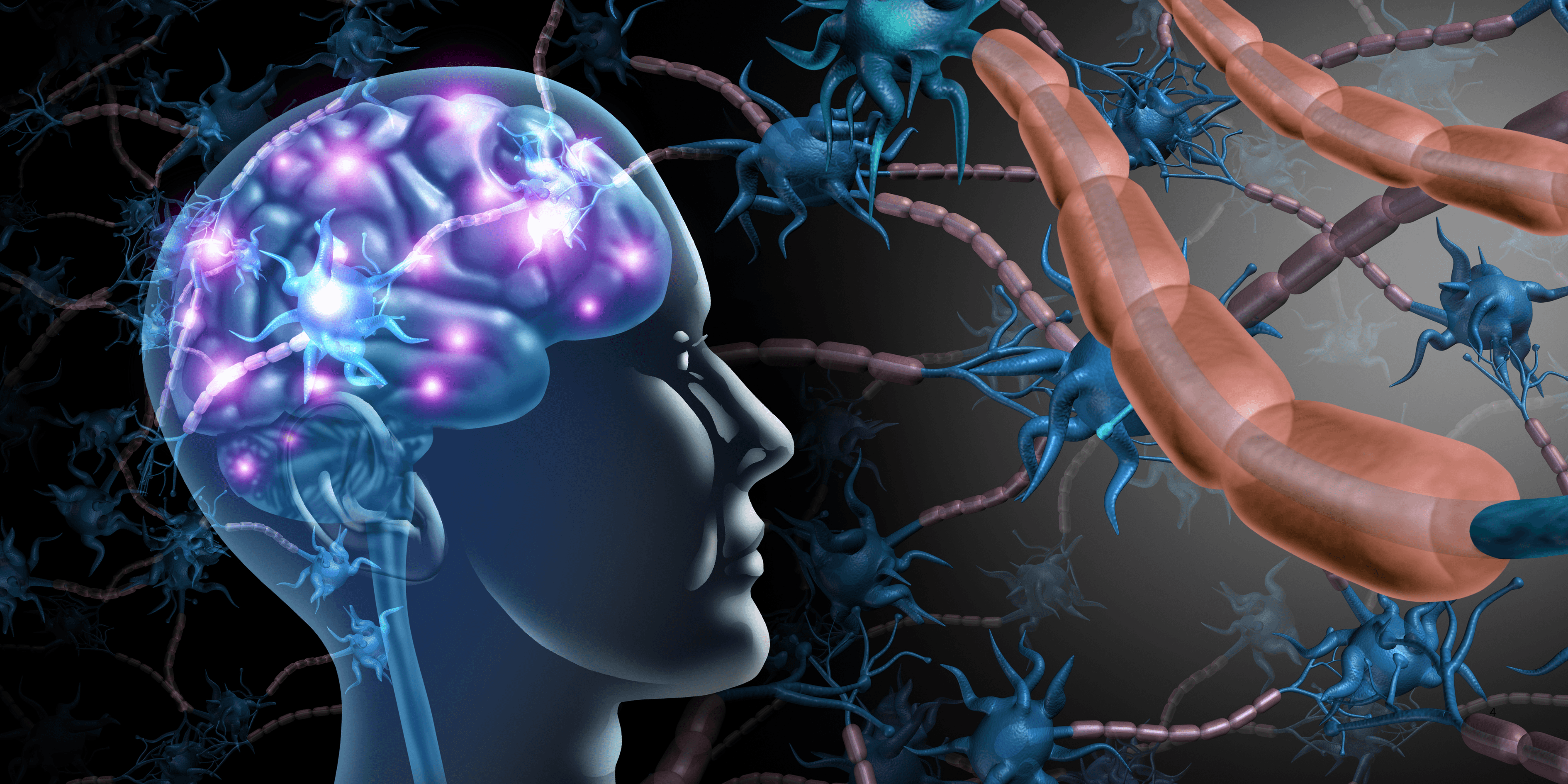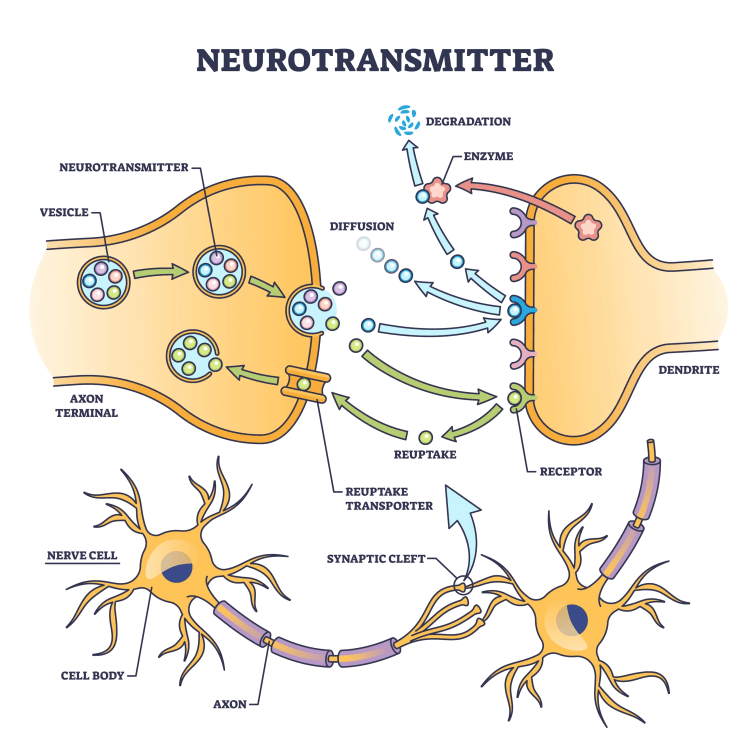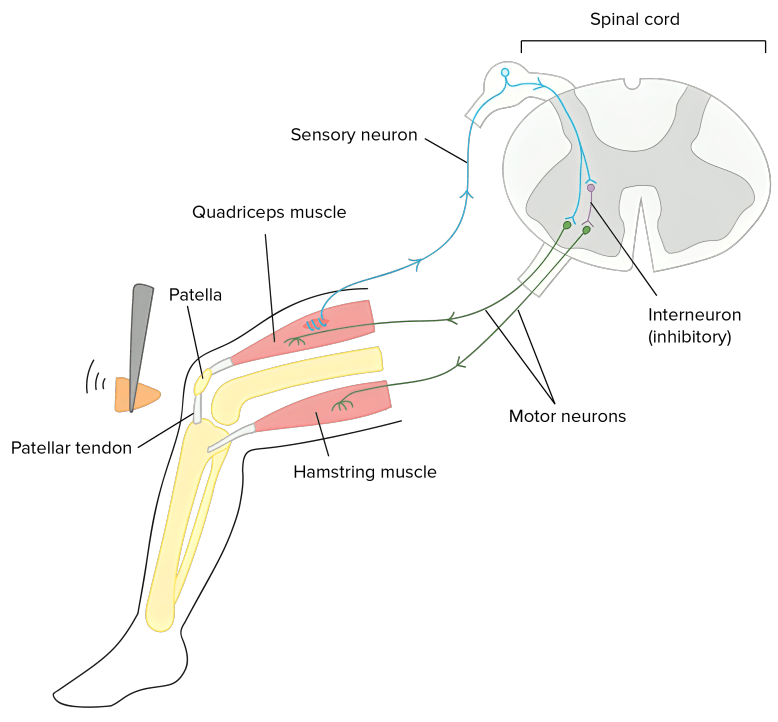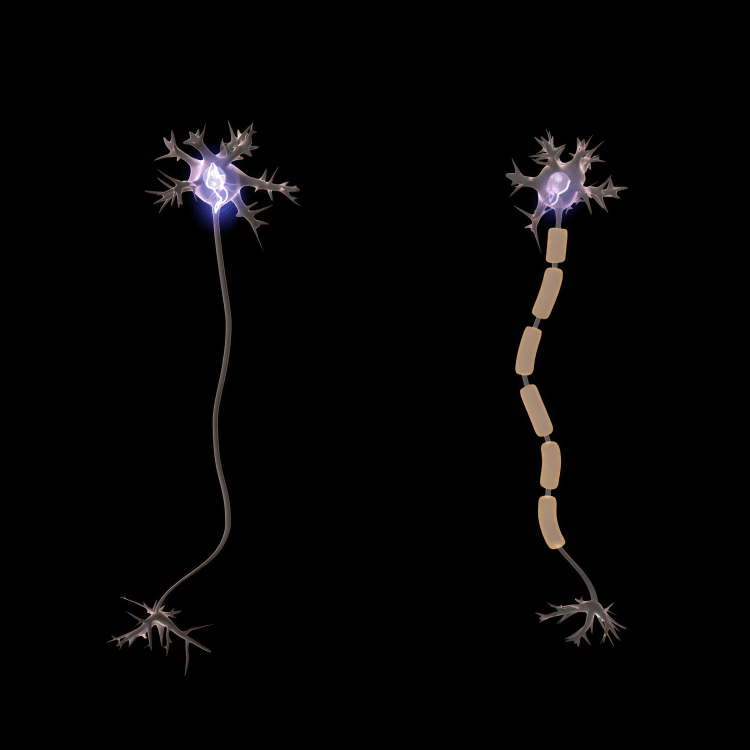
“
The intricate process of how nerves transmit signals is one of the most fascinating aspects of human biology. Known as neural communication, this system enables the brain to interact with the body in milliseconds, controlling emotions, reflexes, and sensations. Through a network of neurons, electrical impulses and neurotransmitters send messages across synapses to target tissues and organs.1
1
”
French philosopher René Descartes once theorized that nerves act like hydraulic tubes, sending signals from the body to the brain, a foundational idea that inspired modern research in neural transmission. 1
Neurons communicate through an electrochemical process, starting with electrical impulses known as action potentials that travel along the axon to reach the synapse, a junction between two nerve cells. 2

These neurotransmitters bind to specific receptors on the next neuron’s dendrite, either exciting or inhibiting it, which determines whether another action potential will be generated and the signal continues.
Sodium (Na⁺) and potassium (K⁺) ions are crucial in generating action potentials. Their movement across the neuronal membrane creates a rapid change in voltage, initiating the electrical signal. 3
The neuron membrane contains ion channels that open in response to stimuli, allowing the sudden influx of sodium ions, which depolarizes the membrane and propels the electrical signal forward. 4
After depolarization, potassium ions exit the cell to repolarize the membrane, returning it to its resting state and preparing the neuron for the next signal to be transmitted. 5
Myelin sheaths, made by glial cells, insulate axons and dramatically increase the speed of nerve signal transmission by allowing impulses to leap between nodes of Ranvier in saltatory conduction. 6
In unmyelinated nerves, the action potential travels continuously along the axon, making transmission slower compared to myelinated fibers, where signals jump between insulated segments. 7
The synapse not only transfers signals but also allows signal modulation, integration, and adaptation, enabling complex responses such as learning, memory formation, and emotional regulation. 8

Sensory neurons carry information from sensory receptors to the brain, while motor neurons transmit signals from the brain and spinal cord to muscles and glands for physical response.
Reflexes are rapid, automatic responses triggered by nerve signals that bypass the brain, traveling through the spinal cord to create an almost instant reaction, like pulling away from something hot. 9
Electrical signals in neurons are all-or-nothing responses—either the threshold is reached and the signal fires, or nothing happens, ensuring clear and decisive communication in the nervous system. 10
Disruptions in nerve signal transmission can lead to neurological disorders such as multiple sclerosis, where myelin damage slows or blocks nerve impulses, impairing movement and sensation. 11
Inhibitory neurotransmitters like GABA decrease the chance of an action potential in the receiving neuron, helping calm brain activity and prevent overstimulation and seizures. 12
Excitatory neurotransmitters like glutamate increase the likelihood of signal transmission, playing essential roles in learning and synaptic plasticity but posing risks if levels become too high. 13

Nerve signals can travel at speeds up to 120 meters per second, depending on axon size and myelination, enabling the brain to process and react to stimuli almost instantly.
Electrical synapses, found in certain brain regions, use gap junctions that allow ions to flow directly between cells, resulting in faster but less flexible signal transmission than chemical synapses. 14
Neural pathways can strengthen or weaken over time—a process called synaptic plasticity—which allows the nervous system to adapt, remember, and even recover from injury in some cases. 15
Nerve transmission begins at specialized structures called receptors that detect changes like pressure, temperature, or chemicals and convert them into electrical signals sent to the brain. 16
Dr. Santiago Ramón y Cajal showed that neurons are separate cells communicating across gaps, transforming how we understand nerve signal transmission in the nervous system.17


